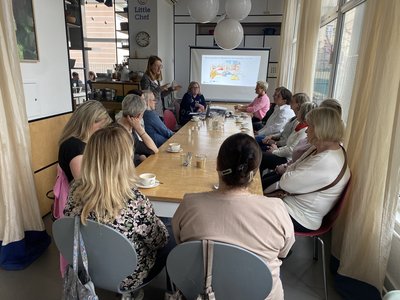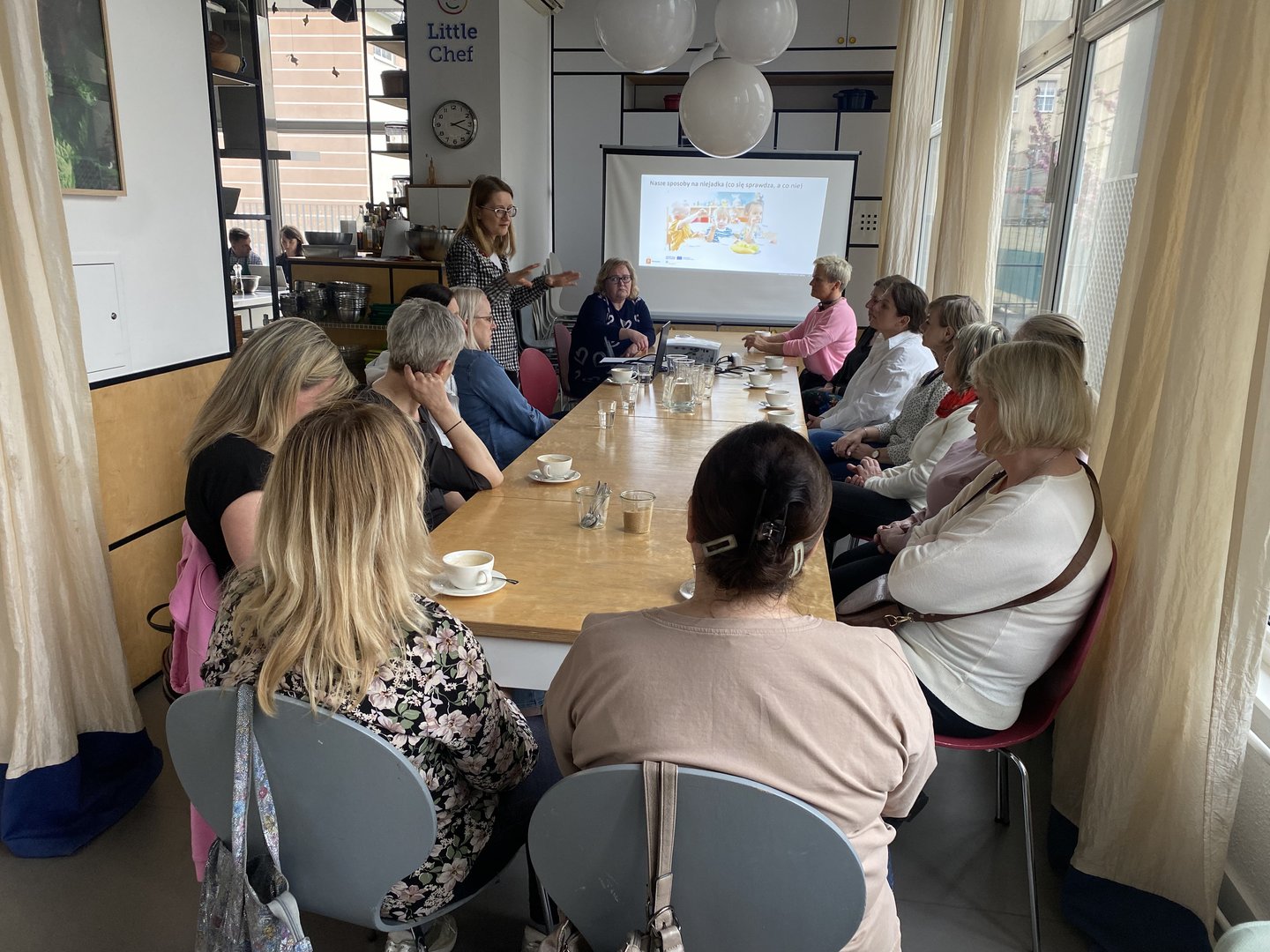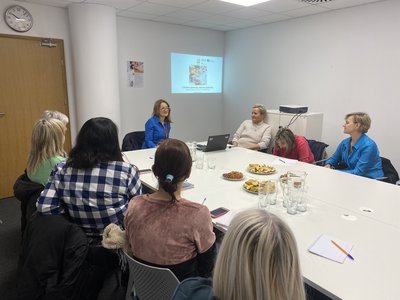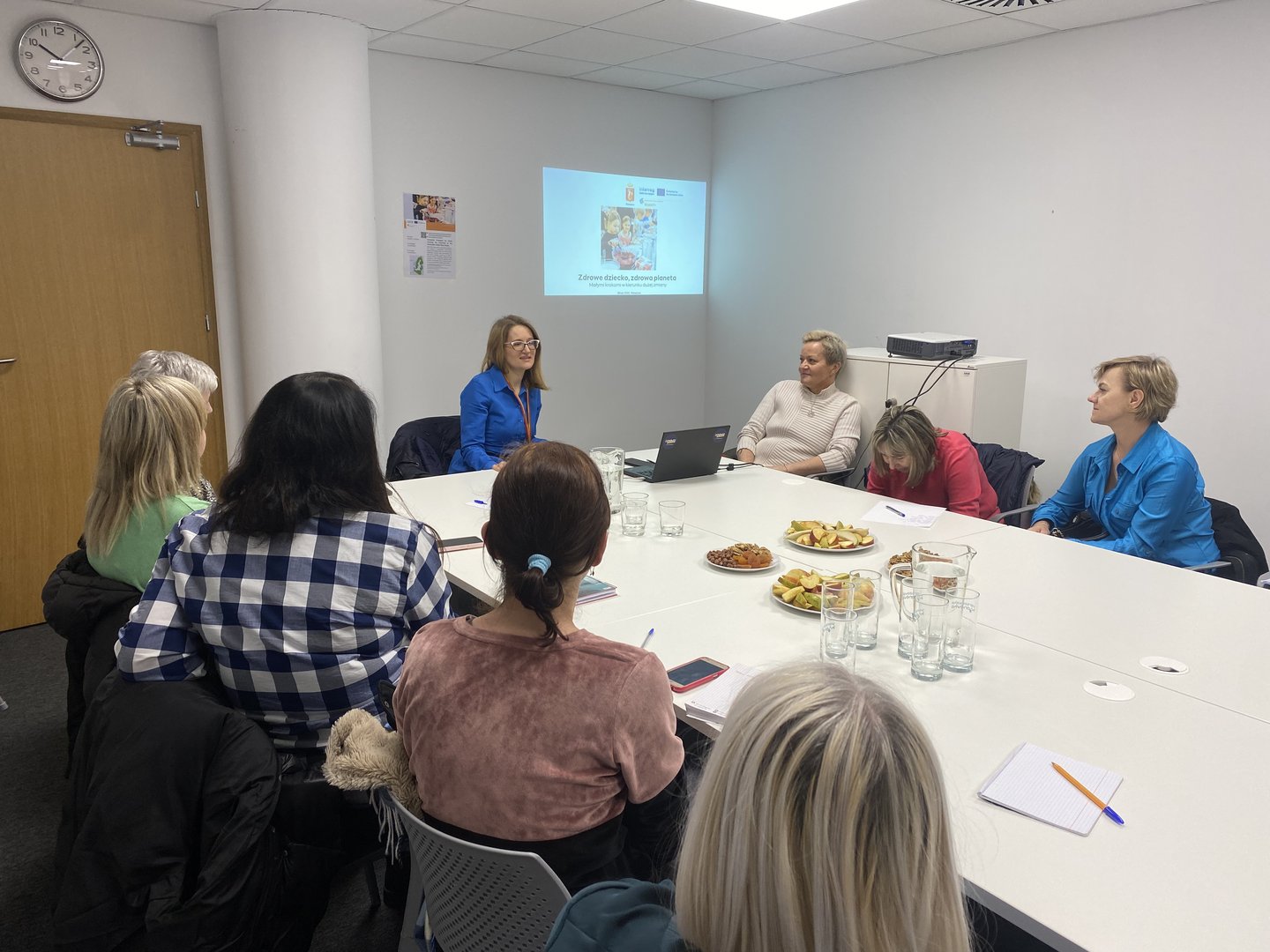Necessary Steps
- Define the aim of the communication, e.g. to get kitchen professionals to change their menus to a more climate-friendly selection, or to encourage them to pay more attention to water-saving practices.
- Find practitioners who have relevant stories and experiences to share. Organise an interview appointment with each of the practitioners to listen to their experiences and gather recommendations for best practices. Share the topics/questions of the interview with the practitioner in advance so that they can adequately prepare.
- Listen carefully and attentively during the interview. Show your willingness to hear more. Take notes or record the interview, if the practitioner agrees to it.
- Summarise the key findings using good examples and recommendations. Consider collecting a few facts and statements from other stakeholders involved in particularly good examples of best practice.
- Collate the findings from all interviews and publish them in an appealing brochure. If applicable, consider hiring a graphic designer to help create the publication. Print and distribute it and/or publish the pdf online.
- Make sure the publication is distributed to all the relevant practitioners you wanted to reach from the start, like all public kitchen professionals.
More Issues To Consider
- It is recommended to use the tool in connection with other schemes focusing on communication and strategy processes, and to include this tool as part of a broader communication plan.
- It may be a good idea to organise a helpdesk (Networking office for healthy and sustainable meals) to underpin the change process.
- Include plenty of ideas for action to help the change process along, such as capacity-building, and establish relevant networks (Communication and capacity building).



